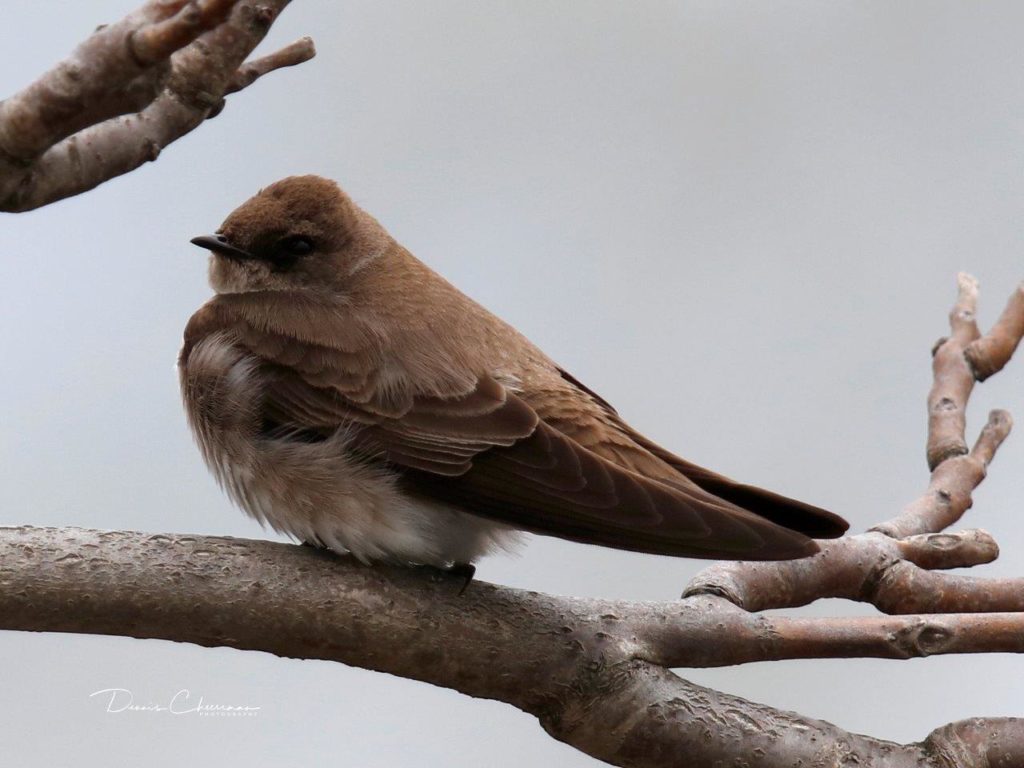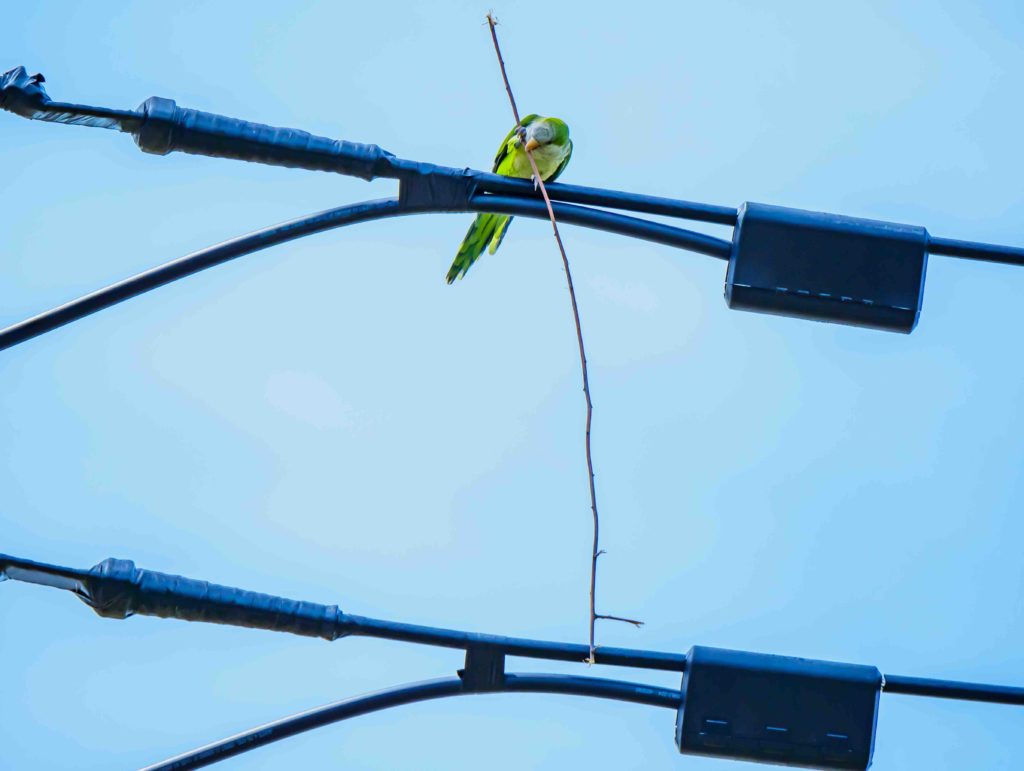
Some great photos here by Dave McClure of a Monk Parakeet in Ridgefield working on its nest. Thanks Dave!
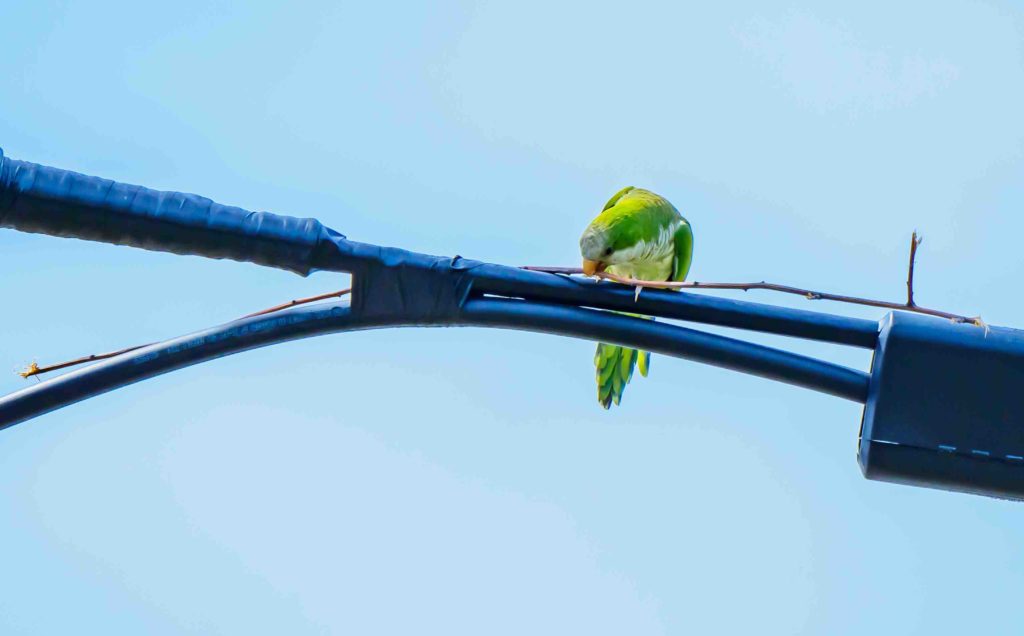
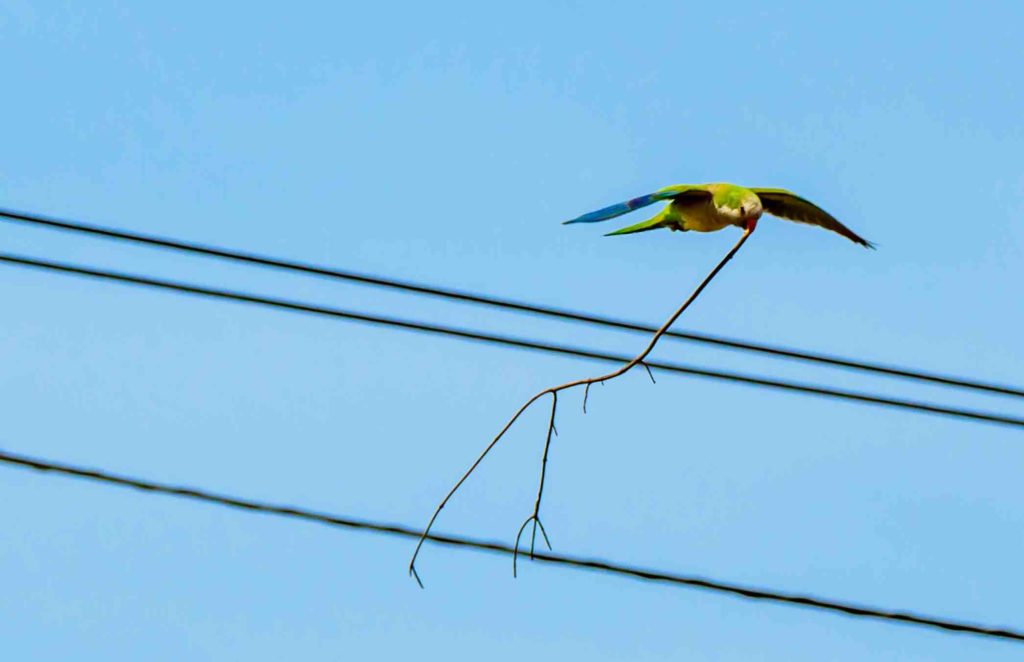
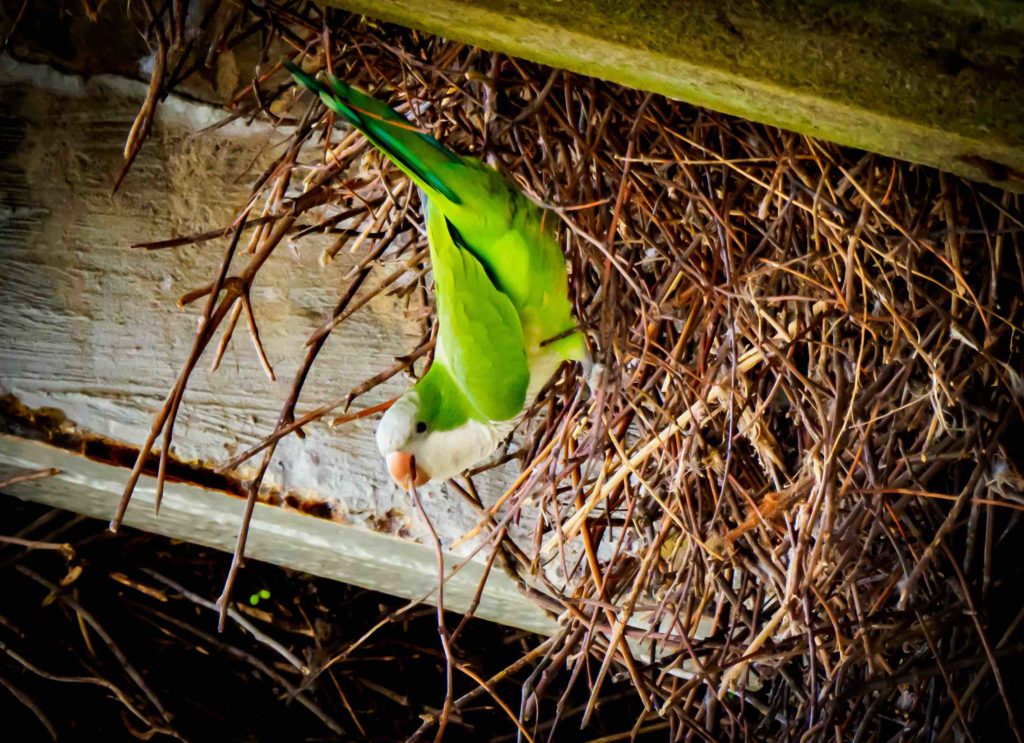
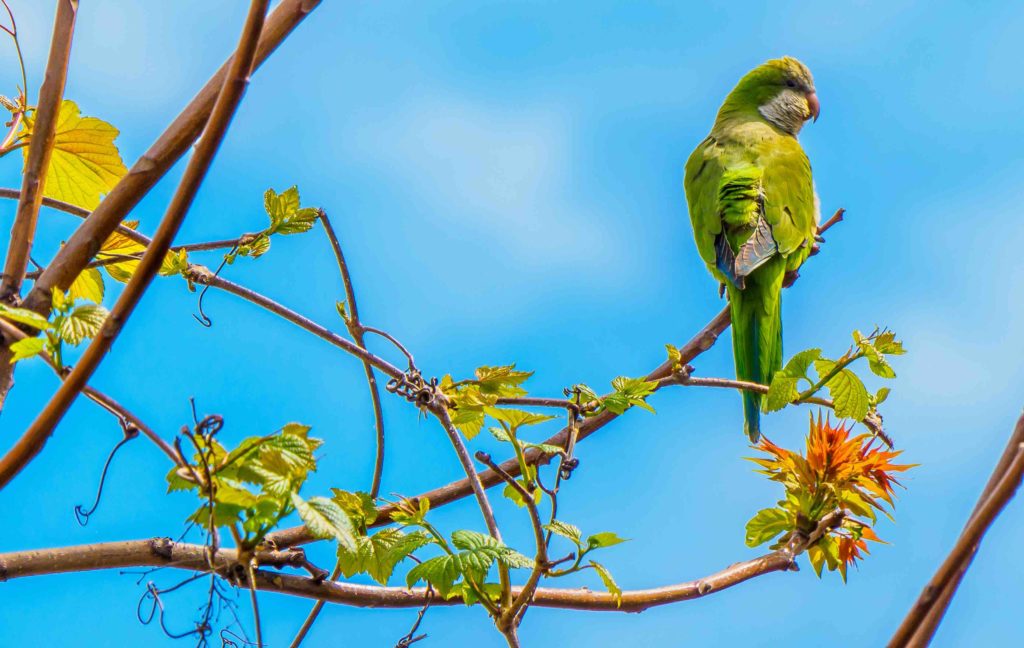


Some great photos here by Dave McClure of a Monk Parakeet in Ridgefield working on its nest. Thanks Dave!




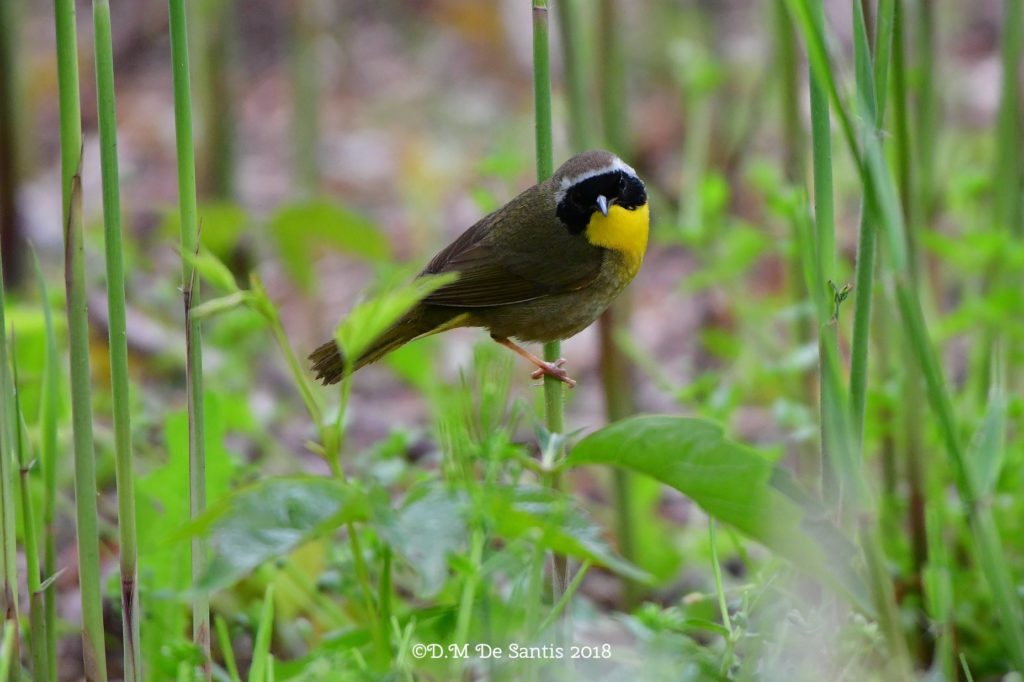
Join the Bergen County Audubon Society this Sunday, May 5, as they lead a guided walk through Losen Slote Creek Park and the Mehrhof Pond Wildlife Observation Area, both in Little Ferry. The walk goes from 10 am to noon.
Losen Slote is one of the last remaining parcels of lowland forests in the Meadowlands and the Observation Area is fantastic place to watch birds and waterfowl. For more info contact Don Torino at greatauk4@gmail.com or 201-230-4983.
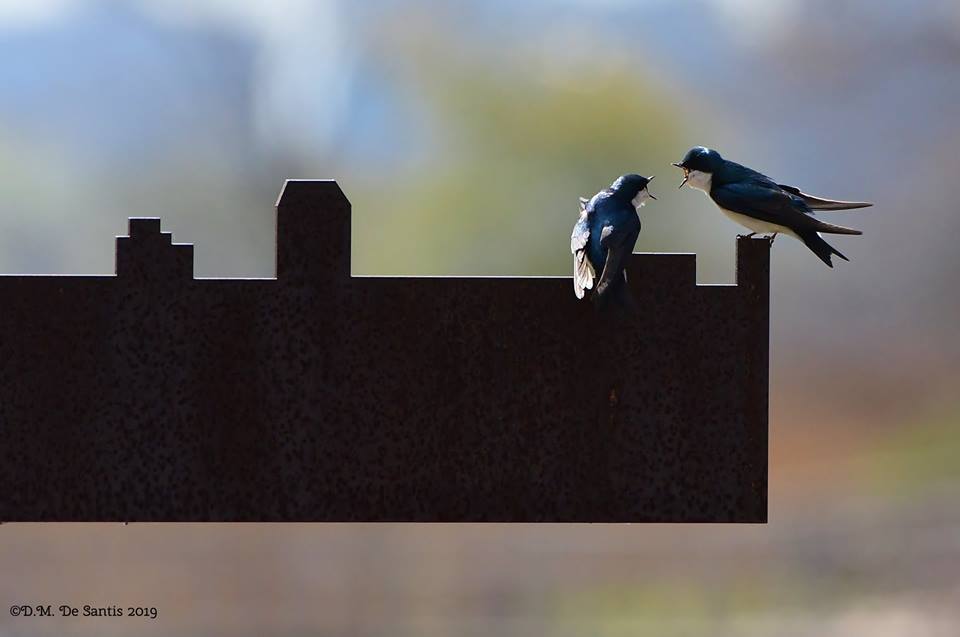
Great shot by Dee De Santis of these Tree Swallows during Bergen County Audubon’s Easter Sunday walk at DeKorte. More awesome photos from Dee below!
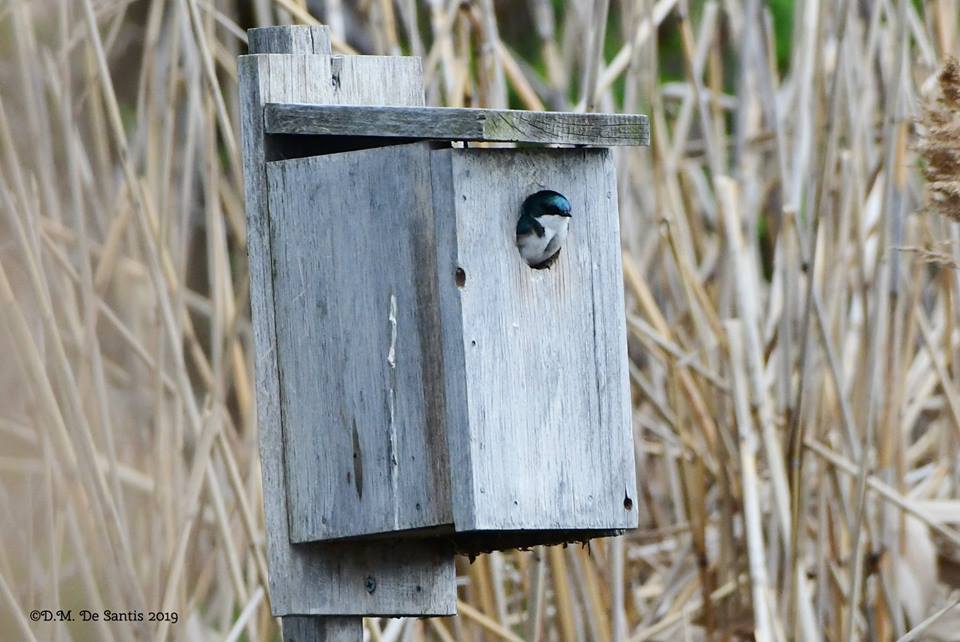

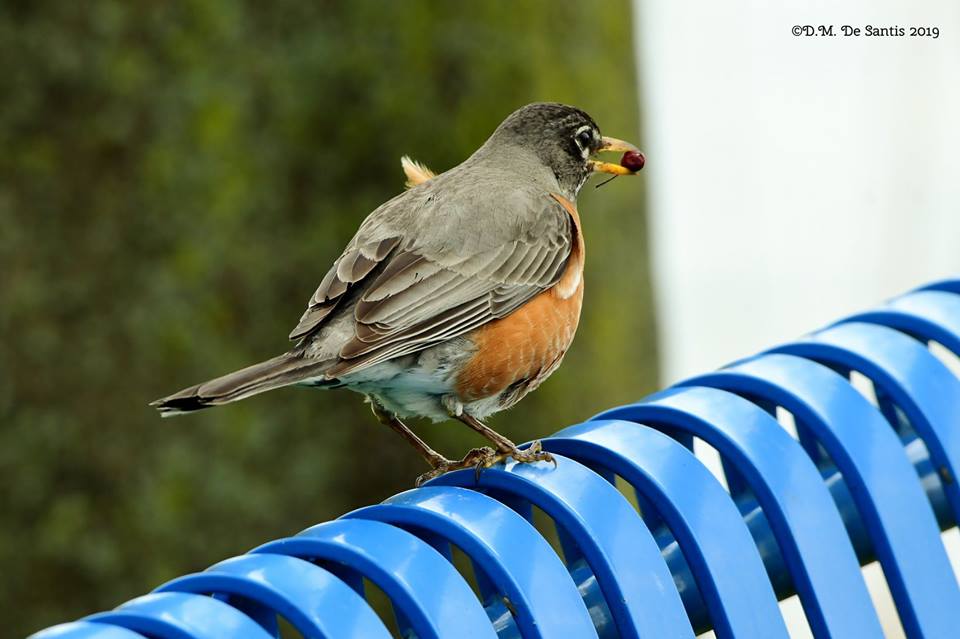
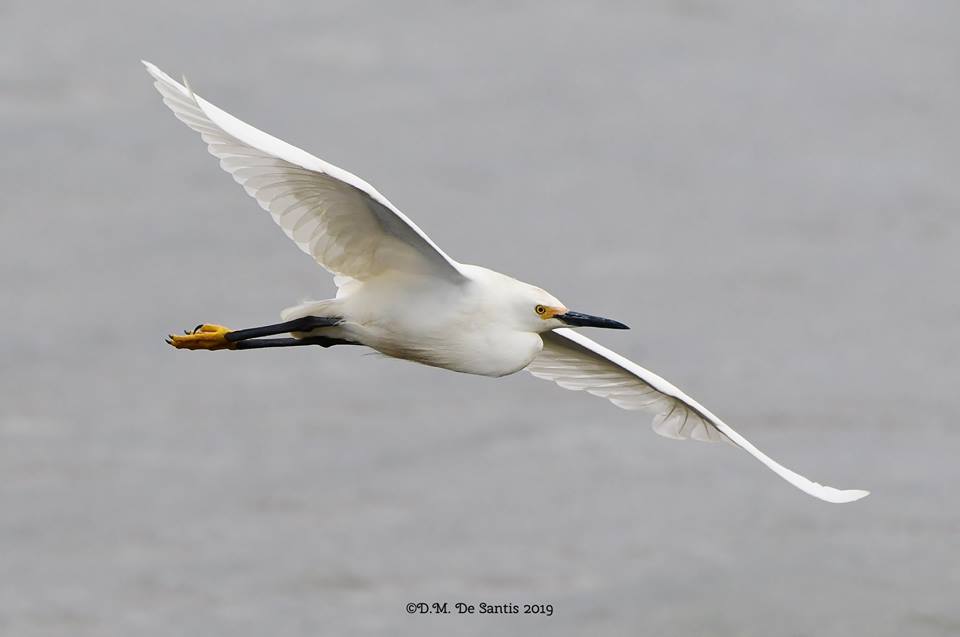
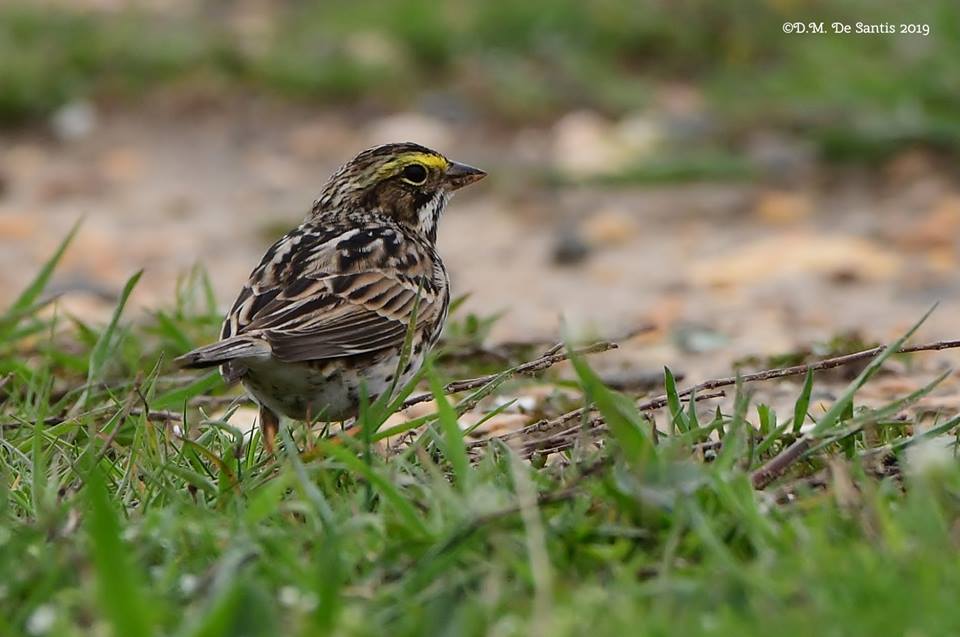
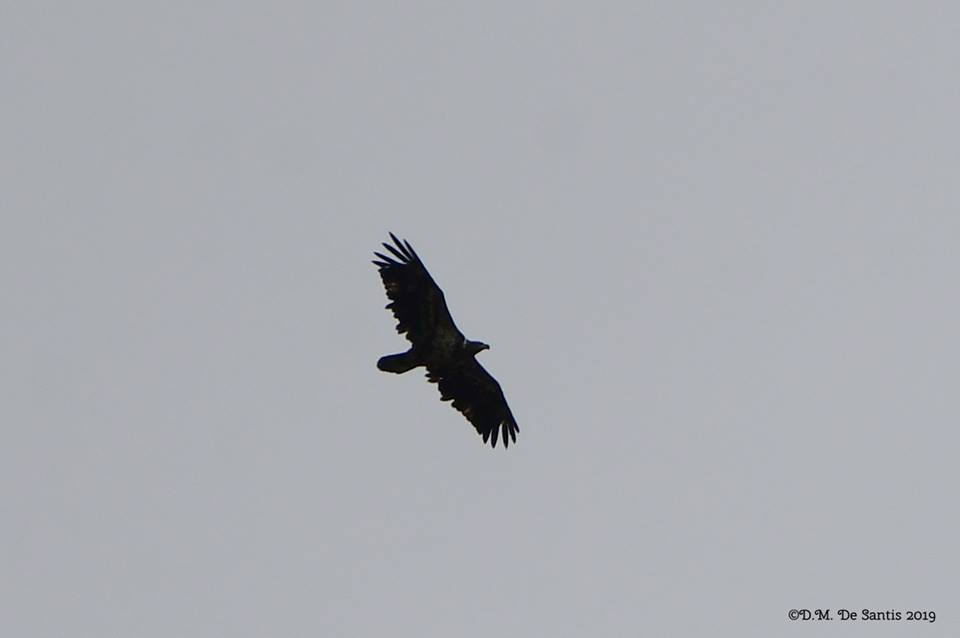
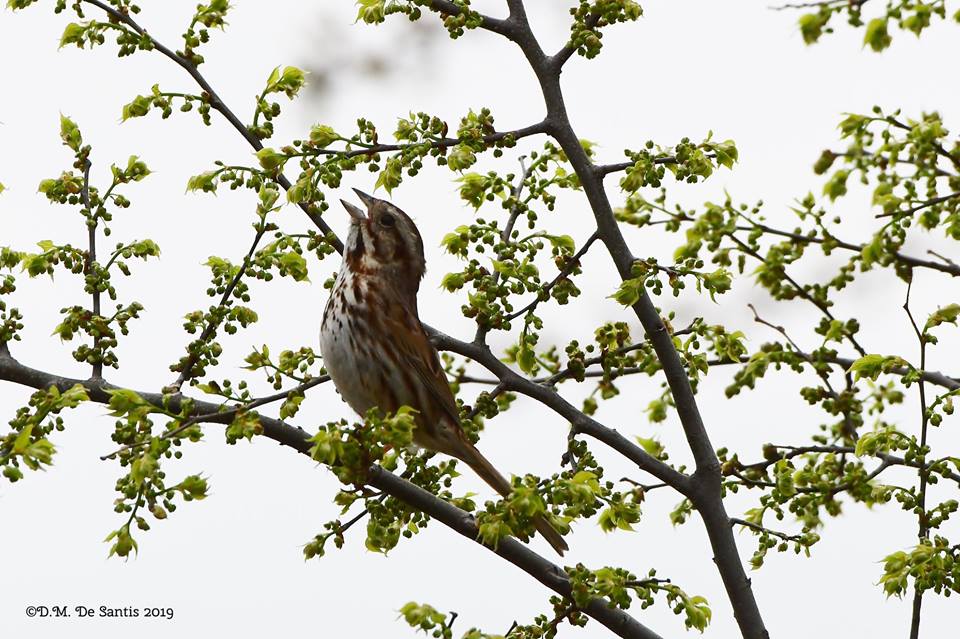

This Marsh Wren has a lot on his mind! Thanks to Dennis Cheeseman for these shots taken at lunchtime today at DeKorte Park!
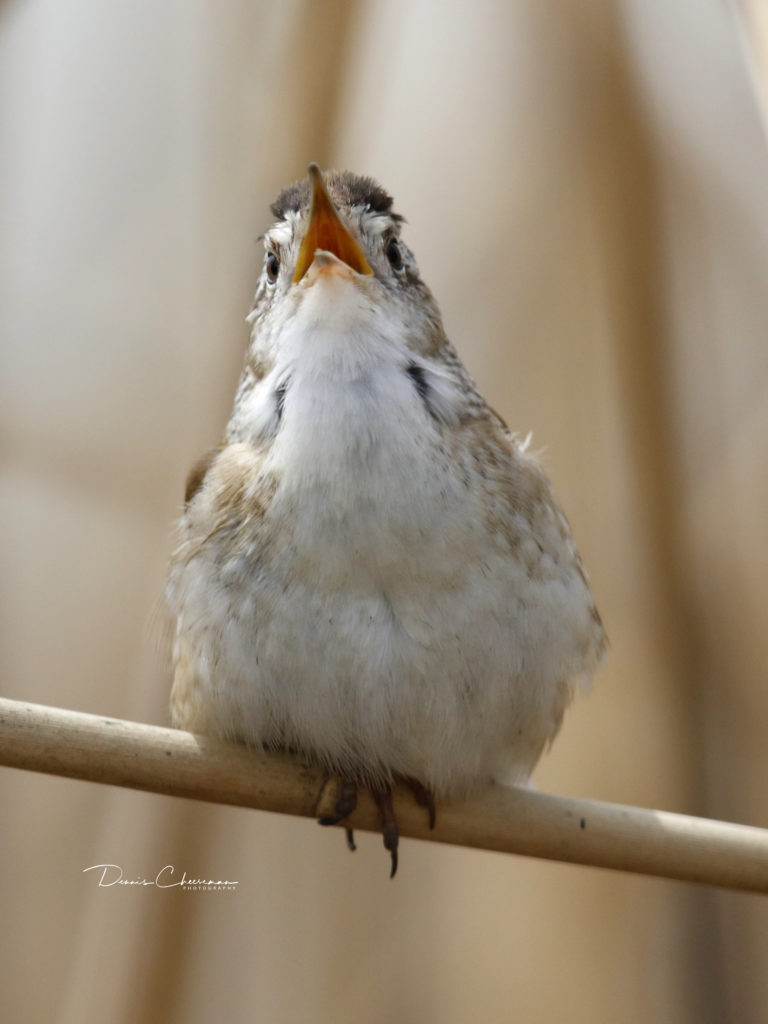
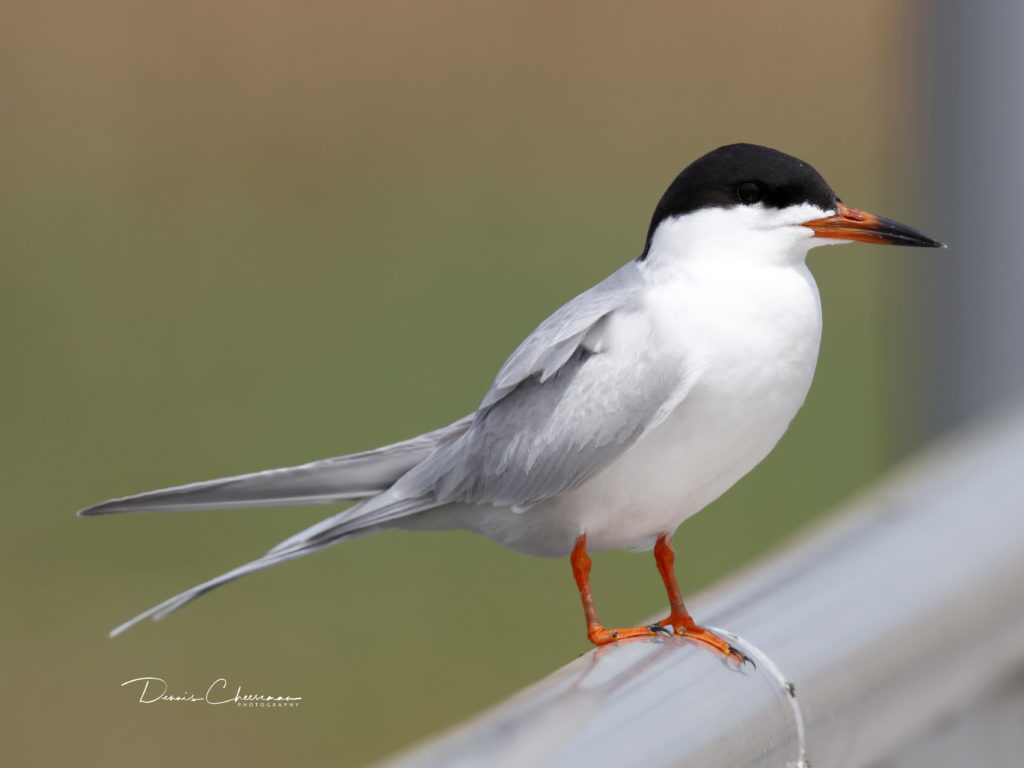

On a hot summer Meadowlands day many years ago my friends and I were doing what many teenagers did back in those days, hanging out on the fabled street corner. As we laughed and joked and talked about whatever insignificant silly things teenage boys talked about back then I just happen to look up on a low hanging telephone wire.
There, with a very slight sway in the summer breeze, was a startling small bird. Although slight in stature its courage and presence stood out for all to see as did the brilliant russet colors of its feathers which almost glowed in the sun as it systematically scanned the sky just above our heads. The dispatched sparrow in its talons, although sad, was a sure sign that nature as it should be still existed in my humble Meadowlands neighborhood.
I very excitingly pointed the bird out to my friends who took a quick glance and went back to whatever they had been talking about before my inconvenient interruption. I never forgot that bird; I still see it in my mind just the same way I did almost 50 years ago. And it becomes even more vivid as this remarkable raptor continues to disappear a little more each year.
It is a very deceptive thing when a bird’s numbers begins to dwindle. It seems to happen very suddenly, almost overnight; now you see it now you don’t. But in fact it does not work that way at all.
As in the case of the American kestrel when it appeared no one was watching the store, their habitat was degraded and lost, plowed over, and invasive plants moved in. Climate change and competing starlings also added to their threat. Then the pesticides did their insidious damage and even the flame retardant chemicals that you can’t see or smell may be having serious long term effects, much like DDT on these magnificent birds of prey. Until now, it seemed unexpectantly, one day I looked around and it was very hard to find the birds that I have come to love so dearly that once graced the Meadowlands’ skies and now seem to have gone without notice.


Of course a bird does not disappear overnight. It takes time and it is usually a combination of many factors like with the Kestrels that causes the decline of a species. Whether it’s the American kestrel, the Wood Thrush, the Barn Owl or the Bobolink, once almost common birds have now sadly become few and far between.
In the early 1900’s most could not conceive of losing the Passenger Pigeon or the Carolina parakeet. They said it was impossible, there were too many and it could never happen. And yet as we all know it did, with a sad finality that can never be changed or altered.
Perhaps the miraculous returns of the Bald Eagle, Peregrine Falcon and Osprey have lulled us into a false sense of security. We may believe that we have become smarter and would not let birds we have come to know and love wind up on the brink of extinction like the three raptors that fought so hard to return.
We should not forget that it took a massive effort to have brought them back to where they are now. Federal and State government joined together to pass laws, conduct scientific studies and yes spend money, to make this happen – something I am afraid in today’s political climate may never happen again in our lifetime.
Our concerns should not only be about the birds that make the endangered or threatened list, but also about the birds that have seemed to have disappeared from your very own backyard. There does not seem to have a day go by that I don’t get a call or a question that starts like, “Why don’t I see Chickadees or Nuthatches in my yard anymore?” Or, “Where are all my woodpeckers?”
My first response is, ‘were trees taken down, fields mowed over and ponds covered up around your home?’ Sadly the answer is almost always yes.
Today we all need to be smarter and more aware of the environment arounds us and realize and accept that any changes mean a lot more to the birds and wildlife than people appreciate or will like to admit. There can be nothing sadder in my mind than to have a wild creature leave our lives forever.
It is not only a loss for the species itself but in many ways a tragedy for us also. Our birds, wildlife and wild places are who we are, they are part of us. They renew our spirits and revive our souls. We now need to join together to be sure we never have to say goodbye to another bird ever again.
The great conservationist John Muir once said, “When we try to pick out anything by itself, we find it hitched to everything else in the universe.” Every tree, stream and flower means something. They are all important in their own unique way, and we need not to let people try to ever convince us otherwise.

The NJSEA extends a huge thank you to the Bergen County Audubon Society for its donation of six Barn Owl Boxes to the Authority this morning! They will provide much needed homes for the species residing in Harrier Meadow and other focal points around the Meadowlands District.
Pictured are NJSEA Assistant Director of Natural Resources Terry Doss and NJSEA Naturalists Drew McQuade and Aleshanee Mooney. Thanks again BCAS for all you do for the Meadowlands!

Here are some more photos from Dave McClure taken recently. All are from DeKorte Park, save for the Robin, taken at Losen Slote Creek Park. Many Thanks Dave!

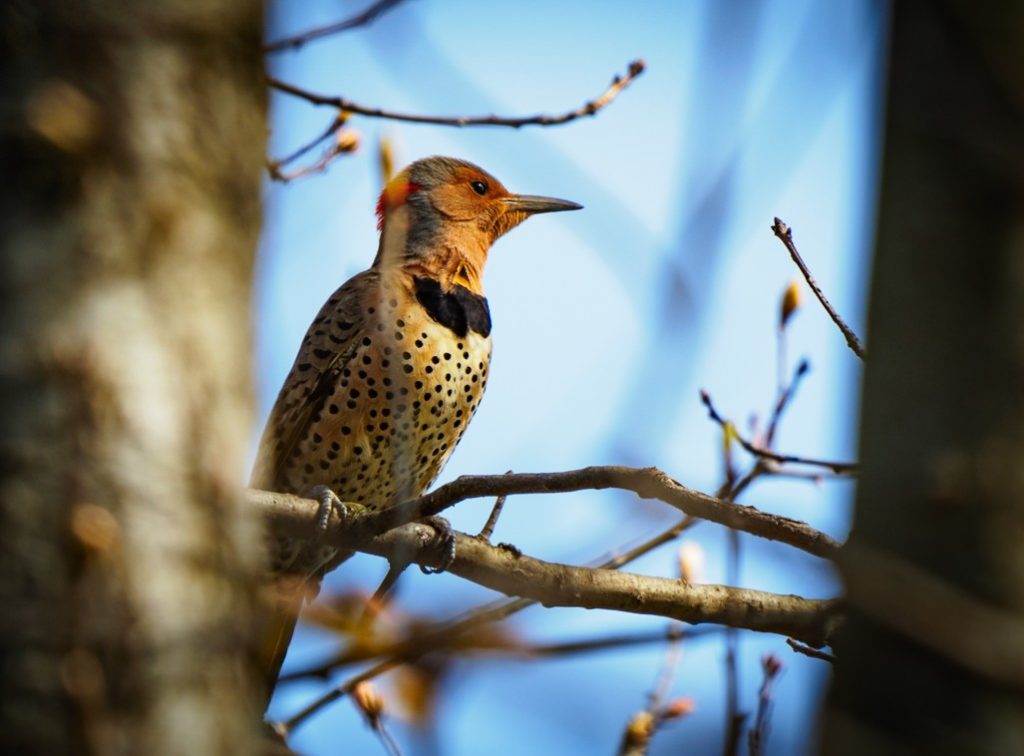




Boat slips at River Barge Park in Carlstadt are now available for rent! The slips hold up to a maximum 28-foot vessel. For more info contact Angelo Urato at aurato@njsea.com or 201-638-7064.

What a gorgeous day!!! And what better way to start than with this great array of shots taken by Dave McClure recently at DeKorte Park. We’ll have more from Dave later today.



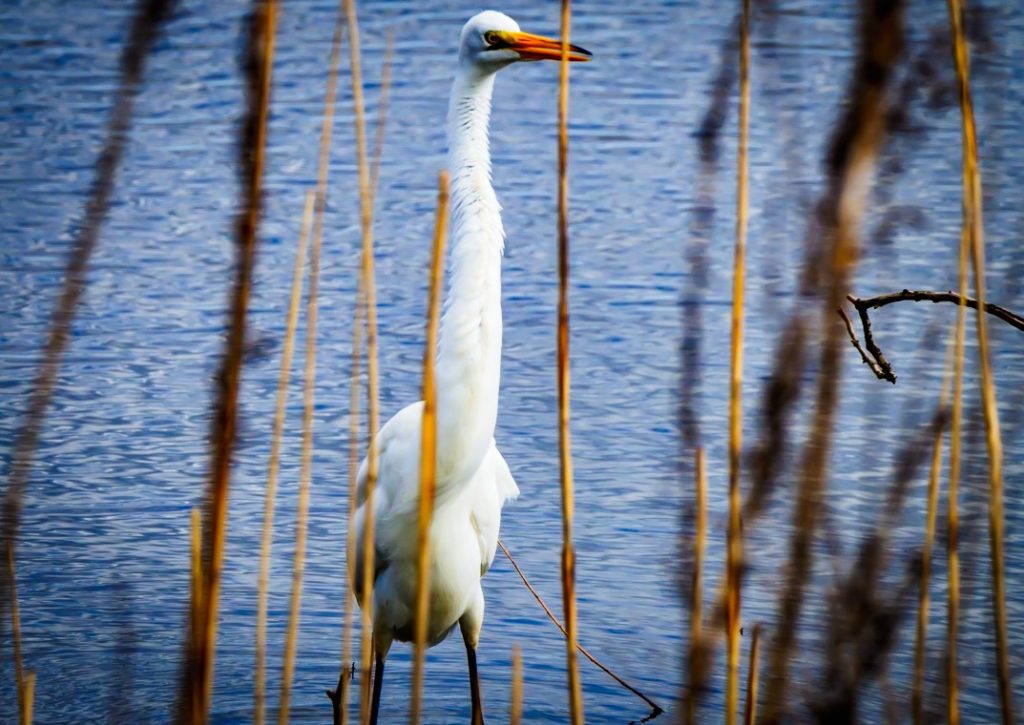


This Mallard is looking good with another photo for its portfolio. Thanks to Dennis Cheeseman for these great photos taken at lunchtime today at DeKorte Park!

